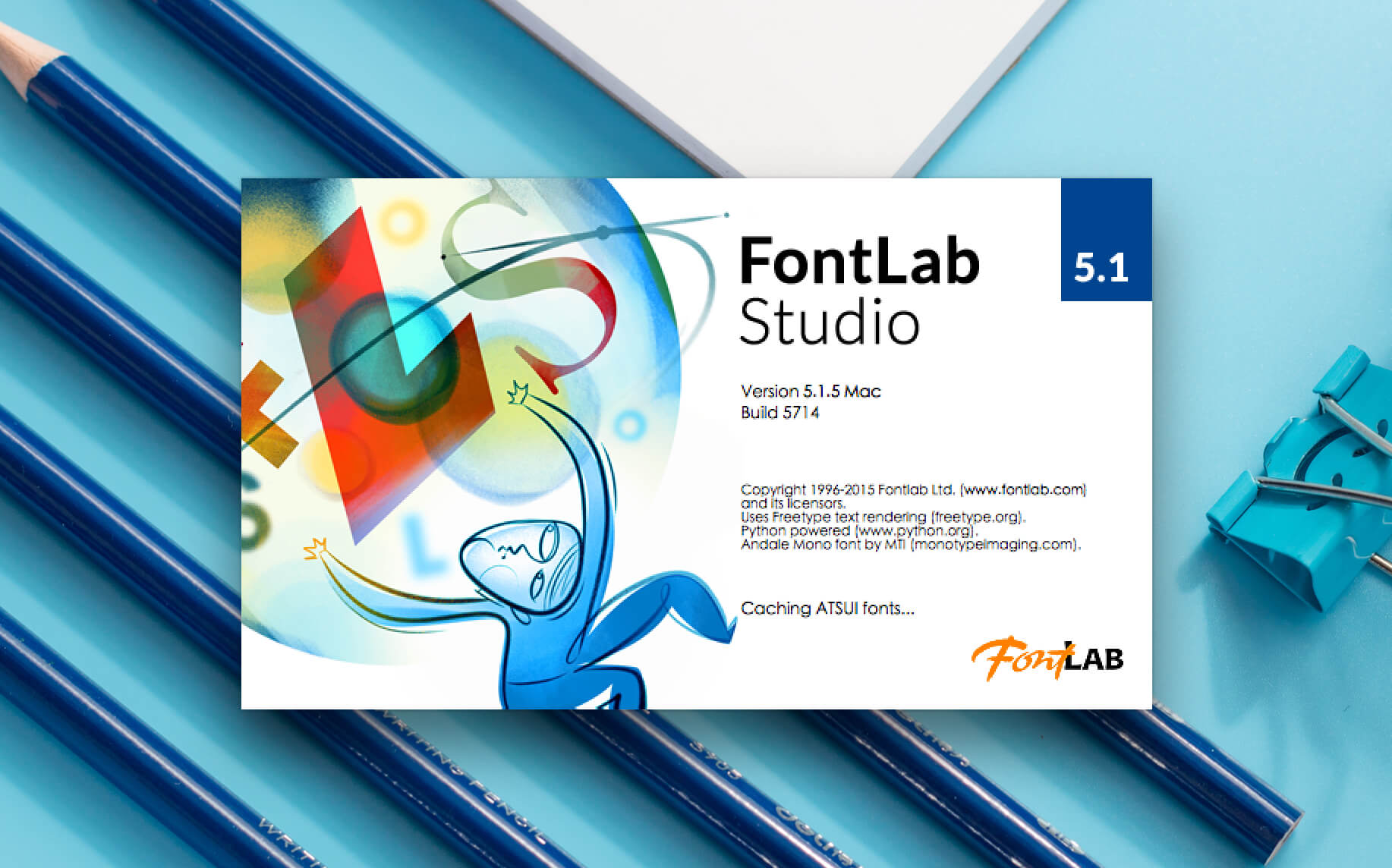

The digital era, these designers claimed that some typefaces were more Will prove that legibility depends on familiarity. What you read the most” ( 6), are all calling for empirical research that Maxims of Peter Martens, Jeffery Keedy, and Zuzana Licko: “Illegibilityĭoes not exist” ( 4) “Those are all conventions” ( 5) “You read best The context of typeface legibility ( 1, 2, 3). The recent findings, among others, confirm the effects of familiarity in Legibility, we can see that this idea requires empirical testing since When we, however, look at the literature on typeface The functionality of unicase, primarily questioning the legibility andĬategorically dismissing the versals (capital letters) as The orthographic-typographic reform of the Bauhaus, inevitably points to The reduction of form and content in the Kleinschreibung system, i.e. The practitioners and theoreticians of typography, but researchers in The former affects the latter, first came into focus when theĪvant-garde challenged the traditional principles, and then again, at Relationship between the typeface form and reading comfort, that is, how Numerous new questions for the educators and researches, who today canįinally distinguish between implicit and explicit knowledge. Modernism, visible at the end of the last century, further inspired Other arts and crafts had to deviate from tradition, implicit knowledgeĬame into collision with the doctrine which had defined the frameworkįor educational centres at the international level. However, at the beginning of theĢ0th century, in pursuit of modern typographic forms, which like all the Therefore, considering that the period of familiarity with the humanist letterforms has been continuous since their establishment, the maxim from the dawn of the digital era can be regarded as valid.įor centuries of practice, typography was based on and examined On the other hand, the period of exposure to uncommon letterforms also has a positive impact on legibility. The universal letter structure, recognised by Frutiger as the prototype skeleton, is the constant that a priori provides legibility. The results confirmed that one’s familiarity with a typeface influences one’s reading speed.

The experiment was conducted using for this purpose designed typefaces as stimuli, and the eye-tracking on-screen reading technology. We ran repeated measures tests with exposure period in-between. This paper examined the legibility in the context of familiarity – is it affected by the time of exposure to a particular typeface or a typeface’s universal structure. At the threshold of the digital era, Zuzana Licko was of the opinion that familiar letterforms owe legibility to centuries-long exposure and that all new, prototypically unmatching forms would be equally legible if used as frequently.


 0 kommentar(er)
0 kommentar(er)
